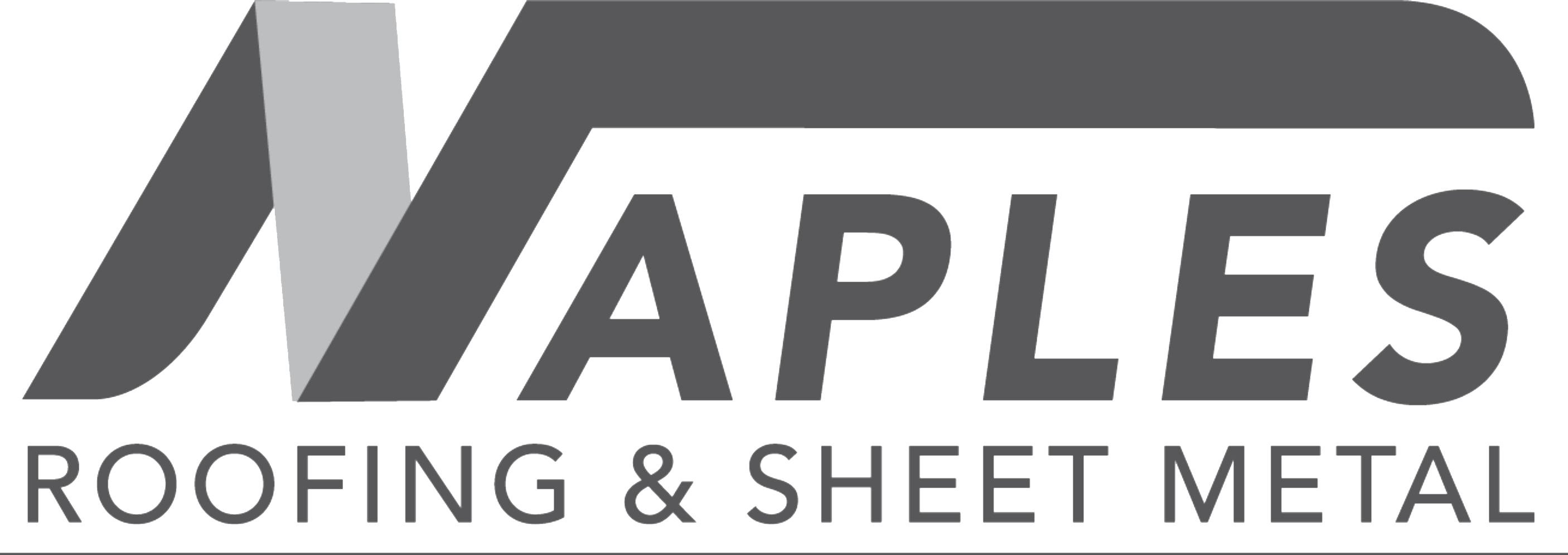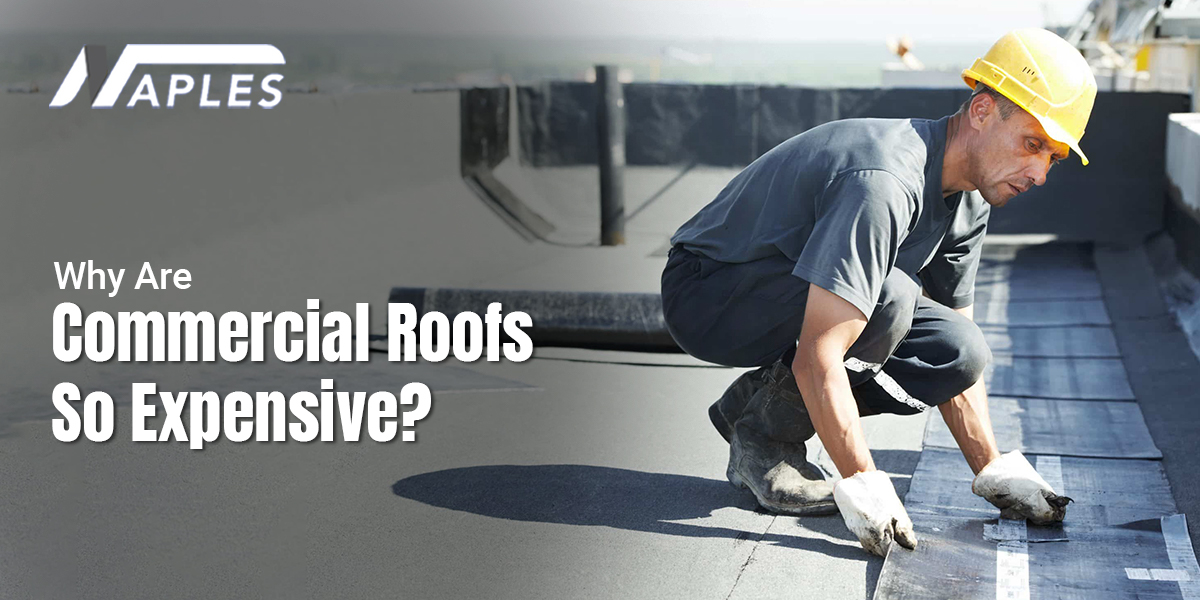Why Are Commercial Roofs So Expensive?
Commercial roofers in USA are essential for safeguarding businesses from harsh weather conditions and external damage, providing a solid barrier that protects the building, its contents, and the operations within. However, many business owners are often caught off guard by the substantial costs involved in installing or replacing a commercial roof. Unlike residential roofing, commercial roofing projects come with a variety of unique challenges and requirements that significantly increase the overall expense.
The steep price tag can be attributed to several key factors, including the size of the roof, and the quality of materials. The complexity of the installation process, and the specialized labor required. In addition, compliance with strict building codes and environmental standards adds to the overall costs, as does the need for regular maintenance and warranties to ensure long-term performance.
Understanding these various factors helps property owners appreciate the complexities of commercial roofing and highlights the importance of investing wisely. A commercial roof is not just a protective layer; it is a long-term investment that ensures the structural integrity and operational continuity of a business. By recognizing the reasons behind the costs, business owners can make better decisions about their roofing choices and ultimately protect their property, assets, and employees in the long run.
Here are the key points:-
Size of the Roof:-
One of the primary reasons commercial roofs are expensive is their sheer size. Commercial buildings are typically much larger than residential ones, which means a greater surface area to cover. Higher expenses result from the need for more materials, labor, and time to install or repair a larger roof.
Quality of Materials:-
Commercial roofing systems are designed to withstand various environmental stressors, such as heavy rain, wind, and extreme temperatures. This durability comes from high-quality materials like EPDM (ethylene propylene diene monomer), TPO (thermoplastic polyolefin), and metal. These materials, while effective and long-lasting, come at a premium compared to standard residential roofing materials. Additionally, specialized coatings and insulation may be required, further driving up the cost.
Complex Installation Process:-
Installing or repairing a commercial roof is a complex process that often requires skilled labor and specialized equipment. Commercial roofing USA projects involve intricate roof structures with multiple layers that need to be properly installed to ensure durability and weather resistance. For instance, flat or low-slope roofs, common in commercial buildings, require precise installation to prevent water pooling. which can cause damage and leaks.
Roofing contractors often need to use cranes or other machinery to move materials to the roof, especially on taller buildings. This additional equipment and specialized labor further increase the project’s overall cost.
Permits and Regulations:-
Commercial roofing projects often require permits and must comply with local building codes and regulations. Meeting these legal requirements ensures the roof’s safety and effectiveness but may also add to the overall cost. These regulations vary depending on location and can include standards related to energy efficiency, fire resistance, and structural integrity.
Labor Costs:-
Labor is another significant factor contributing to the expense of commercial roofing. The complexity and size of the roof require more workers to stay on the job for a longer period compared to residential projects. Additionally, the expertise required for commercial installations typically demands higher wages for experienced roofing professionals.
Maintenance and Warranties:-
Commercial roofs often come with extended warranties, but these warranties may require routine maintenance to remain valid. Because of the size and complexity of the system, maintaining a business roof may be more expensive than a residential one. Regular inspections, cleaning, and minor repairs are essential to prolonging the roof’s lifespan, and these costs can add up over time.
Environmental Considerations:-
Many businesses are now opting for environmentally friendly roofing options, such as green roofs or solar panel installations. While these eco-friendly choices can save money in the long run, their initial installation cost is higher than traditional roofing systems. Green roofs, for example, require additional layers for drainage and waterproofing, as well as soil and vegetation.
Safety Measures
Safety is a critical concern when working on commercial roofs, due to the height and size of many commercial buildings. Workers and passersby must follow stringent safety protocols for protection. This may involve setting up scaffolding, safety nets, and other protective measures, which can increase labor and equipment costs.
Also, we know commercial roofs are so expensive, so it’s hard to find the best roofing company, but if you search on Google, you will get some of the best companies for the roofing services as well. Also, there are growing companies like Naples Roofing who have the expert team for that.
Conclusion:
While commercial roofs are undoubtedly more expensive than their residential counterparts, the investment is justified by the long-term benefits. A commercial roofing contractor in Western New York can help navigate the factors that contribute to the overall cost, including the size, quality of materials, complexity of installation, and maintenance requirements. Business owners should view commercial roofing as an essential investment in the safety and longevity of their buildings. Helping to protect their property and operations for years to come.


